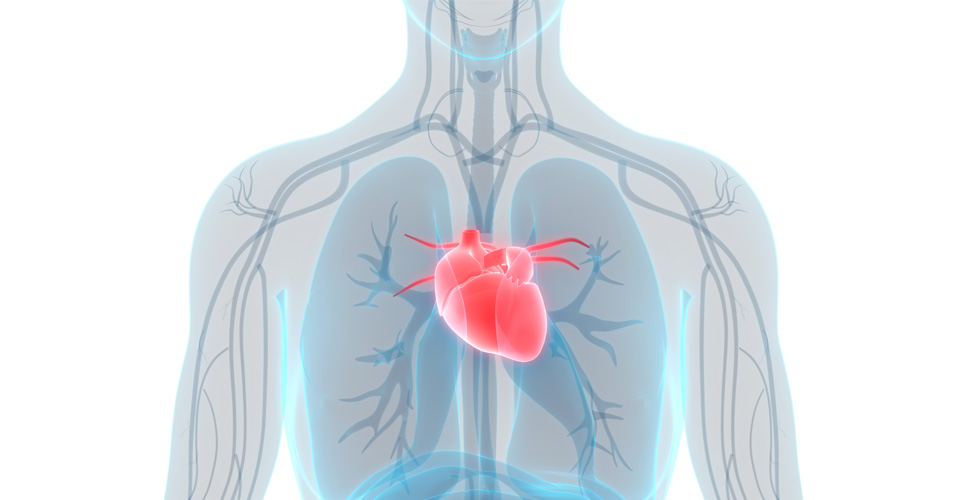teaser
Results of the HIGHCARE2008 Project were announced during the recent 19th Scientific Meeting of the European Society of Hypertension (ESH), Milan, Italy.
The first-ever ambulatory blood pressure (ABPM) study conducted at high and very high altitude investigated treatment with telmisartan and showed that:
- in conditions of hypobaric hypoxia (oxygen deficiency), 24-hour blood pressure increased in a sustained manner proportional to the altitude reached
- the effects of hypobaric hypoxia at high altitude are similar to the effects of reduced oxygen availability observed in diseases associated with respiratory disorders, such as chronic heart failure (CHF), chronic obstructive pulmonary disease (COPD), arterial hypertension related to sleep apnea syndrome and/or severe obesity. Together, these diseases affect more than 600 million people worldwide giving the study results great significance
- treatment with telmisartan, a modern angiotensin II receptor blocker, reduces blood pressure compared with placebo at high altitude, up to at least 3500m above sea level, demonstrating potential control of hypoxia-induced blood pressure alterations
- at very high altitude, 5400m above sea level, blood pressure effects between the telmisartan and placebo groups was comparable, consistent with changes in the functioning of the renin-angiotensin-aldosterone system (RAAS).
Physiological changes occurring at high altitude are mainly due to decreased atmospheric pressure leading to hypoxia (deprivation of adequate oxygen supply) and hypoxemia (decreased partial pressure of oxygen in blood).
Professor Gianfranco Parati, Chairman and Principle Investigator of the HIGHCARE2008 Project and Professor of Medicine at the Department of Clinical Medicine and Prevention, University of Milano-Bicocca commented, “People with sleep apnea syndrome develop high blood pressure in response to hypoxia, a lack of oxygen in their blood.
In the HIGHCARE2008 Project, this condition has been simulated by hypobaric hypoxia, often associated with sleep-related breathing disorders, which occurs at high altitude. We found that telmisartan – the antihypertensive drug we tested – was able to control this effect at altitudes of up to 3500m, at which the lack of oxygen is similar to the degree of hypoxemia most commonly experienced by sleep apnea sufferers.”
The randomised, parallel group, double-blind, placebo-controlled trial with telmisartan 80mg was conducted in 38 healthy subjects with a moderate level of physical fitness. The effects of telmisartan on 24-hour ambulatory blood pressure were measured under acute and prolonged exposure to high altitude hypoxia. Key results showed that:
- following treatment with telmisartan for six weeks at sea level and also following acute exposure to high altitude (3500m):
- 24-hour SBP/DBP** at sea level were significantly reduced with telmisartan compared with placebo (SBP: 112.0±7.8 vs. 116.4±8.6, p=0.0025; DBP: 69.0±5.8 vs. 74.0±5.8, p=0.002)
- 24-hour SBP/DBP at 3500m were also significantly reduced with telmisartan compared with placebo (SBP: 120.0±9.7 vs. 125.0±8.7,p=0.0056; DBP: 75.7±6.5 vs. 81.1±5.7, p=0.009)
- at very high altitude, 5400m, 24-hour SBP/DBP was comparable between the telmisartan and placebo groups (SBP: 130.1±11.1 vs. 130.7±11.2, p=NS; DBP: 82.1±7.1 vs. 84.2±6.6, p=NS), consistent with changes in functioning of the RAAS. These changes may explain why a treatment that works on the RAAS may not provide benefits at very high altitude.
The RAAS is involved in the occurrence of a number of cardiovascular (CV) conditions, including hypertension and heart failure. Therapeutic agents acting on the RAAS, including angiotensin II receptor blockers such as telmisartan, have beneficial CV effects.
Dr. Grzegorz Bilo, Istituto Auxologico Italiano and Department of Clinical Medicine and Prevention, University of Milano-Bicocca, commented, “When moving to an even higher altitude, and thus further increasing the hypoxia above the levels often experienced in sleep apnea, the blockade of the RAAS was no longer able to control the hypoxia-induced blood pressure increase.
This suggests that other mechanisms were involved and could explain the blood pressure changes observed. Even though this is an artificial setting, the data we have collected will provide important insights into the physiological and molecular basis of hypoxia induced hypertension.”
Professor Gianfranco Parati concluded, “While the data that we have collected need to be confirmed by further studies, what we can take away from this expedition is that although Everest is one of the most hostile places on earth, it might actually help us save lives by giving us a better understanding of the changes induced by hypoxia in the human body”.

